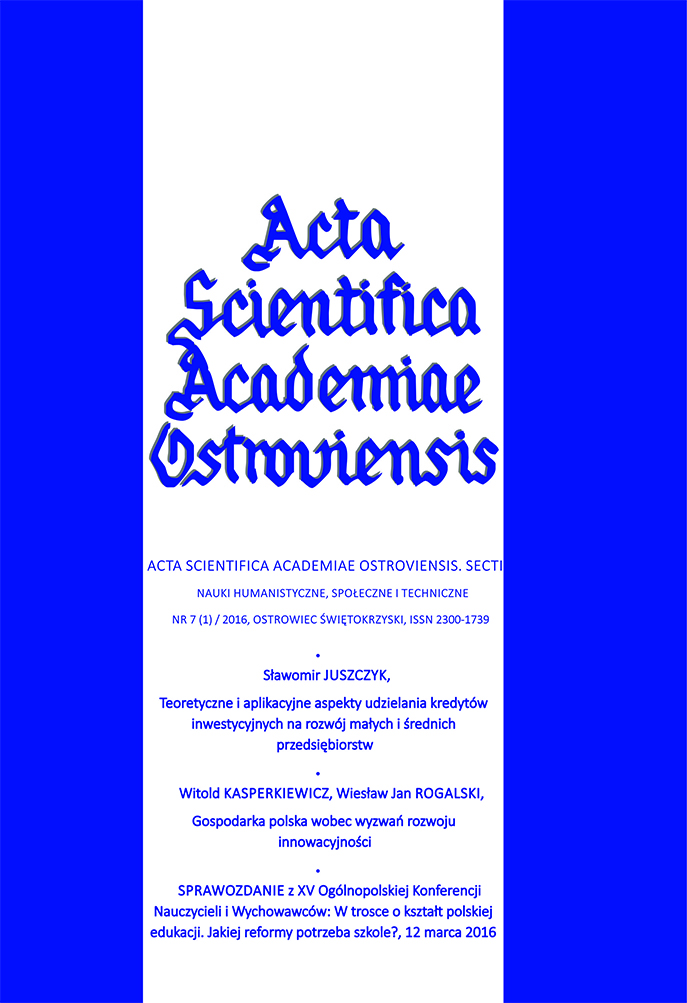Święty Krzyż – początki turystyki pielgrzymkowej (1135 r.)
The Holy Cross – Beginnings of Pilgrimage Tourism (1135)
Author(s): Patrycja Żegleń, Marek Dzióba, Stanisław ZaborniakSubject(s): Christian Theology and Religion, Tourism
Published by: Wyższa Szkoła Biznesu i Przedsiębiorczości w Ostrowcu Świętokrzyskim
Keywords: Świętokrzyska Land; traditions; pilgrimage tourism; The Holy Cross;
Summary/Abstract: Intentional pilgrimages to sanctuary at the Holy Cross in Łysa Góra overtook pilgrimages do other Marian shrines in Poland. Monastery’s location, its history and first of all its mystery of the Holy Cross relics were the main goal of many pilgrimages, especially Basilica which is protected by Virgin Mary Oblat’s Missioners. Amongst relics attracting pilgrims and tourists to Łysa Góra there are the following venues: - post Benedictines’ Abbey, which includes quadrangle of monastery’s buildings from XIV and XV centuries with cloister garth, early-baroque Oleśniccy’s chapel and late-baroque, classicistic church. The church originally had a tower that was destroyed during war activities. There is an early-baroque wing on the west (Natural and Sylvan Museum nowadays), and a baroque bell tower and gate from XVIII century on the east. - there is a mummified body in the crypt of Oleśniccy’s chapel, which was said that it is a body of Jeremy Wiśniowiecki; scientific analysis of the corpse from 1980 excepted definitely the thesis. The remains are displayed. - mummified body unknown insurrectionist from January 1863
Journal: Acta Scientifica Academiae Ostroviensis. Sectio A, Nauki humanistyczne, społeczne i techniczne
- Issue Year: 11/2018
- Issue No: 1
- Page Range: 356-371
- Page Count: 16
- Language: Polish

